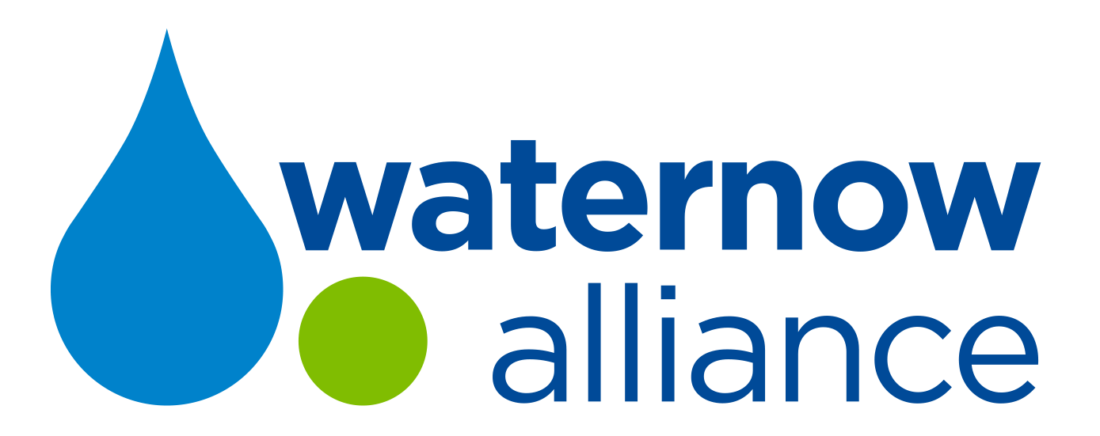Cameron Diehl has been the Executive Director of the Utah League of Cities & Town (ULCT) since 2017. His career at ULCT started as a legislative intern, and he returned to ULCT full-time in 2010. During his tenure at ULCT, Cameron has worked in a variety of roles, including as an administrative assistant, policy analyst, attorney, and Director of Government Relations. Cameron studied political science at the University of Utah and later graduated from the University of Colorado School of Law. He has been an active member of WaterNow Alliance’s Leadership Council since 2018.
WaterNow Alliance caught up with Cameron this week to talk about how Utah’s water leaders are working to manage their water systems more efficiently and sustainably in the face of rapid population growth and the importance of local, public control of our water resources.
What are the most significant water challenges facing local leaders and communities in Utah?
First and foremost, Utah’s population is projected to double in the next 25 years but our water supply is not projected to double along with it. As the population grows, we’re having serious conversations about infrastructure, which includes water supply and water treatment. Cities are on the front line of ensuring that clean water comes to our homes and dirty water gets taken away. Nobody wants a house without a water connection. Figuring out how to construct and pay for new infrastructure is critical.
On top of that, much of the water infrastructure that provides water to the Wasatch Front, the most populated part of the state, comes from the Central Utah Project (CUP). It’s been decades since the CUP first started and some of our cities have older infrastructure that needs to be repaired. Uncle Sam is unlikely to invest the same sort of financial resources that they did back in the heyday of the CUP and other big water infrastructure projects.
So that leads to questions about how water conservation and efficiency and other localized infrastructure solutions, can help us stretch our resources further.
Additionally, we have a diversity of ecosystems and water systems around the state that we need to protect. The metropolitan area along the Wasatch Front sits aside the Great Salt Lake which has a very unique ecosystem.
What are some of the sustainable water solutions that you’re seeing cities implement to manage these challenges?
Many cities in Utah right now are trying to think through water consumption and the importance of smart land use planning by looking at landscaping ordinances and land use patterns. One of the mantras we’ve been using in the context of planning for growth is encouraging our local leaders to “think regionally but act locally,” i.e., think about how your planning fits into the larger picture and then make local decisions within that framework.
Additionally, the four largest water conservancy districts have been working together on water conservation goals. Their board directors consist of mayors and councilmembers from around the State so there’s a spirit of collaboration to try to improve water conservation.
There’s also been a big push to meter our pressurized irrigations systems. One of our largest water conservancy districts and one of our fastest growing cities have both voluntarily implemented secondary water metering for pressurized irrigation systems and the State legislature just passed a bill in the 2019 session that requires secondary water metering for all future development after 2020.
We’ve been laying some really strong groundwork. There’s a lot of progress being made and a lot of work yet to be done.
How does the ULCT support your members to develop more resilient, affordable, and sustainable water resources?
We have a dual mission of education and advocacy to support local municipal leaders in Utah. The first thing that we do is try to understand what cities are doing well and help share that information with other cities, often City X will experience something that has really good results and we see our role as helping City X to share that best practice with other communities that may be interested in doing something similar but don’t know where to start. This could be a low-water use landscape ordinance or an indoor efficiency rebate program, for example.
Last year, we engaged heavily on legislation around municipal water rights. There were a couple of focuses of that legislation, and part of it hasn’t gone into law yet because it requires a constitutional amendment that will be on the ballot in November 2020. The issues included extraterritorial water authority and surplus water contracts.
What role does local government – as opposed to state or federal policy makers - play in advancing a sustainable water future?
Local government is the level of government that is directly responsible for drinking water, wastewater, and stormwater services. Local leaders are instrumental in ensuring future growth has sufficient water resources to be sustainable.
I see the role of the State as helping to set the overall vision and providing financial resources so that local government can execute that vision. The federal government can also provide those resources.
Given that ULCT and other state leagues have so many priorities, how do organizations like WaterNow Alliance support ULCT and your members’ water management priorities?
The great thing about WaterNow is you have access to a strong network of water professionals across the country – the challenges that water leaders face in Utah are similar to those faced by leaders in California, Nevada, Colorado, and elsewhere. It’s extremely helpful to learn what other communities in other states are doing and WaterNow helps make those connections. WaterNow shares best practices for different types of innovative infrastructure and can help encourage communities who know what they want to do but don’t know how to get there. WaterNow provides a tremendous resource for communities to tap into resilience and to help implement programs and infrastructure that will help make a different in the long-term.

